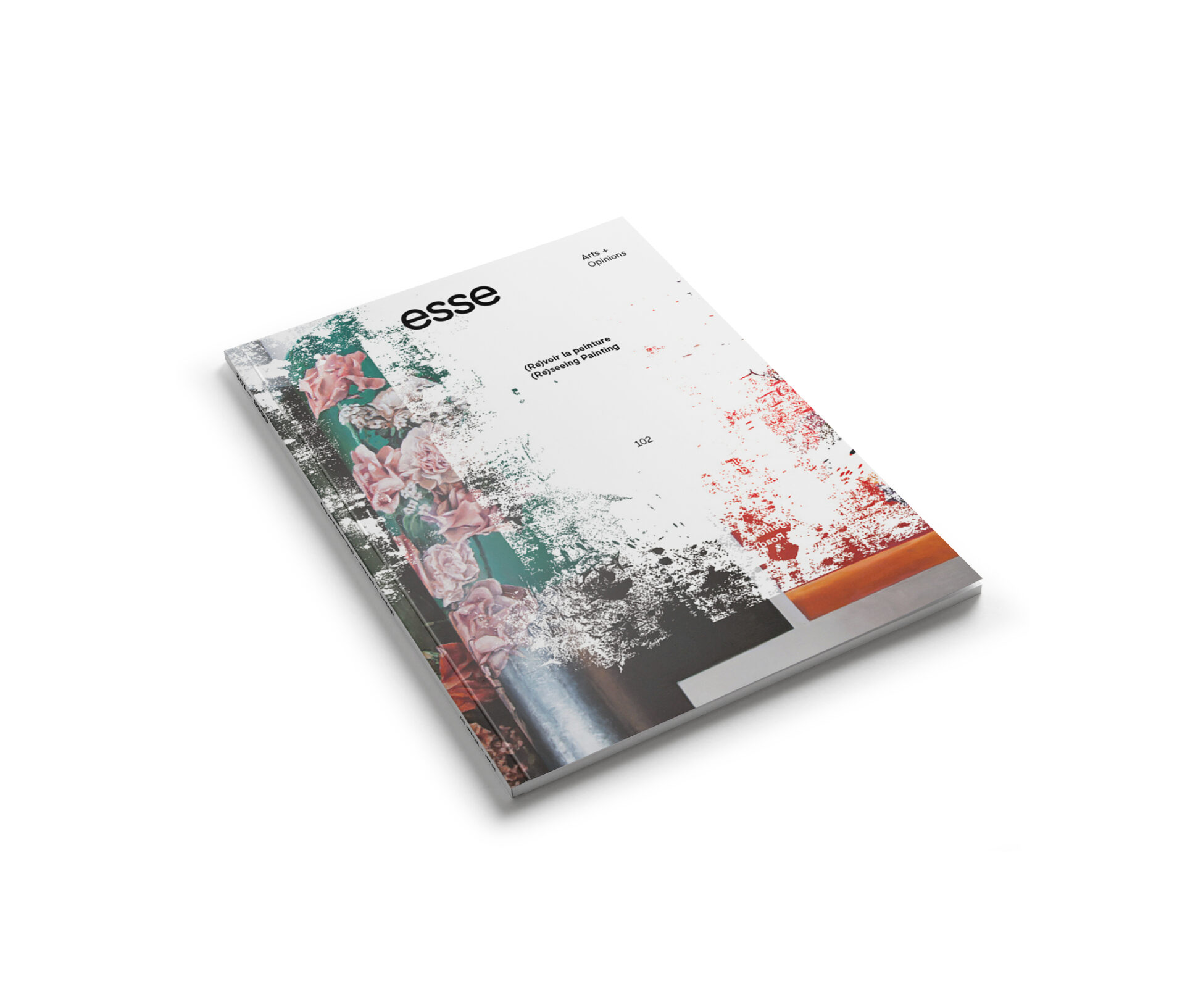
Painting in a Transitory Realm: Vincent Larouche and the Effects of Digital Culture
Through these actions, virtual content manifests in the physical world and a painting becomes an external screen,2 2 - Achim Hochdörfer, “How the World Came In,” in Painting 2.0: Expression in the Information Age: Gesture and Spectacle, Eccentric Figuration, Social Networks, ed. Manuela Ammer (Munich: Museum Brandhorst, 2015), 24. 24.holding a record of the artist’s search history through appropriated images, gestures, and shapes. Within this notion, digital and analogue languages become intertwined.3 3 - Ibid. In the work of Montréal-based artist Vincent Larouche, painting is understood through translation, bringing awareness to how a hegemonic notion of knowledge has shifted by virtue of how we consume images online. Through his work, Larouche explores the Internet’s capacity to alter our perception of reality, empathy, and safety by carrying the overwhelming nature of the virtual realm into the material world. Within this space of all-encompassing connectivity, Larouche reminds us that in such a network, no one can be sure who is in control.
